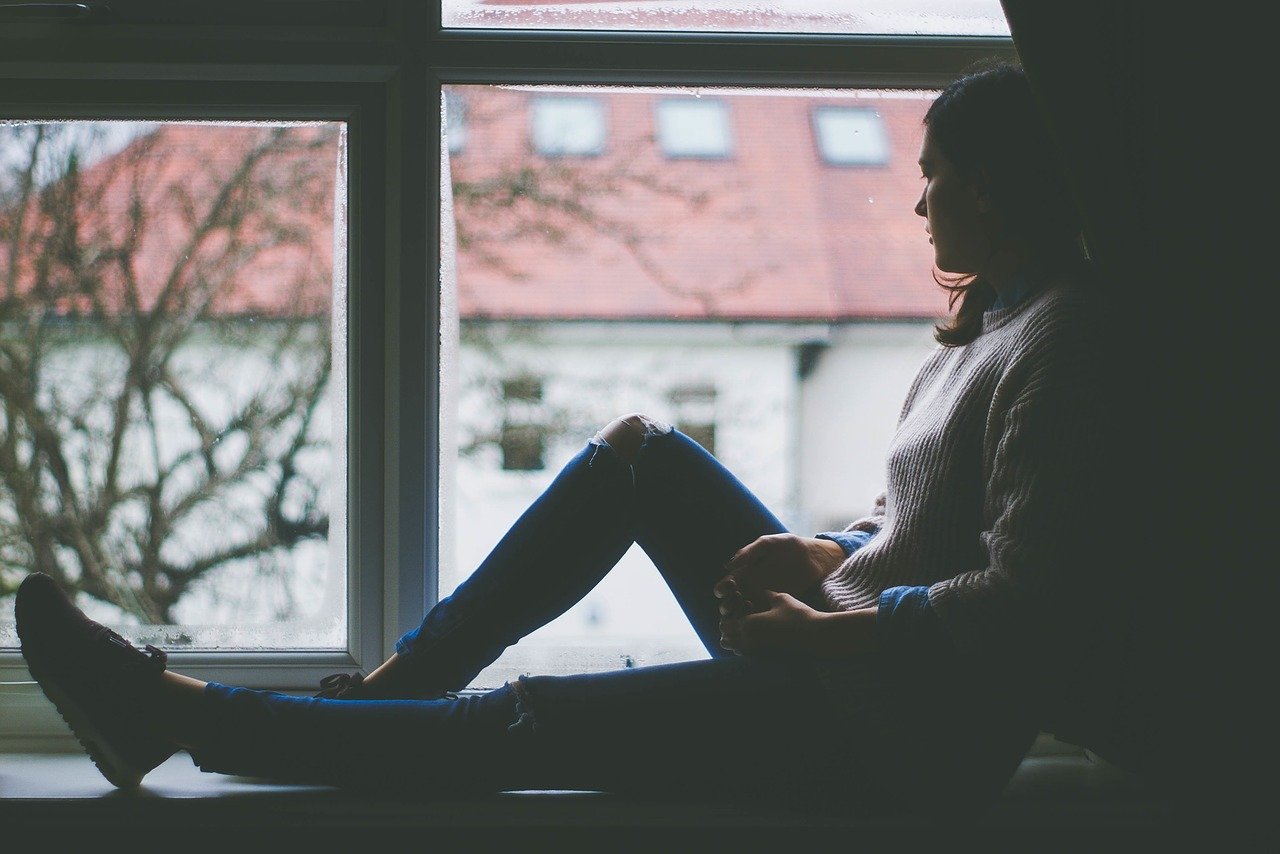A Guide to Seasonal Affective Disorder (SAD) Symptoms and Treatments
Have you been feeling sad and depressed lately? If so, it may be due to seasonal affective disorder (SAD). SAD is a form of depression that’s associated with the changing of the seasons.
SAD starts and ends at around the same times each year. For most people, their symptoms will begin in the fall and continue into the winter months. You’re likely to feel less energetic and moodier.
Sometimes, SAD can cause depression in the spring or the beginning of summer.
Psychotherapy, medications, and light therapy are all treatments that are used for SAD.
If you think that you might be affected by SAD, you shouldn’t simply brush it off as a case of the “winter blues.” This isn’t something that you just need to tough out. Instead, you should take steps to keep your motivation and mood steady throughout the year.
If you’re interested in learning more, then keep on reading and we’ll go over the symptoms and treatments of seasonal affective disorder.
Symptoms
Most of the time, seasonal affective disorder symptoms take place during the early winter or late fall. They then go away during the sunnier days of spring and summer.
Sometimes, the opposite pattern can cause SAD. Either way, symptoms might start out mild and then become more severe as the season progresses.
Symptoms and signs of seasonal affective disorder might include:
- Losing interest in activities you once enjoyed
- Having trouble with sleeping
- Feeling agitated or sluggish
- Having trouble concentrating
- Feeling depressed most of the day, nearly every day
- Having low energy
- Experiencing changes in your weight or appetite
- Feeling guilty, worthless, or hopeless
Suicidal thoughts or thoughts of death can also be symptoms of SAD.
Fall and Winter SAD
There are some symptoms that are directly related to winter-onset seasonal affective disorder. These symptoms can include low energy or fatigue, weight gain, inability to get to sleep, and oversleeping. They can also include appetite changes, especially a craving for foods that are high in carbohydrates.
Winter-onset seasonal affective disorder is sometimes referred to as winter depression.
Spring and Summer SAD
Summer-onset seasonal affective disorder is sometimes referred to as summer depression. Symptoms for this kind of SAD can include anxiety, weight loss, insomnia, irritability, and poor appetite.
Causes
Doctors don’t know the specific cause of seasonal affective disorder. However, there are some factors that are believed to come into play.
One factor may be related to your circadian rhythm, which is your biological clock. In the fall and winter, you may experience winter-onset SAD due to the reduced level of sunlight. The lack of sunlight might disrupt your body’s circadian rhythm and lead to you feeling depressed.
Serotonin levels also might have a part in SAD. Serotonin is a brain chemical that affects a person’s mood.
Reduced sunlight can lead to a drop in serotonin levels. And this can cause symptoms of depression.
Lastly, there are your melatonin levels. As the season’s change, the balance of your body’s melatonin levels can be disrupted. This can lead to changes in your mood and sleep patterns.
Treatment
Psychotherapy, medications, and light therapy are all viable treatments for seasonal affective disorder. If you have bipolar disorder, then you should let your doctor know.
This is extremely important information to know when it comes to prescribing an antidepressant or light therapy. Both of these treatments can possibly lead to hypomania.
Psychotherapy
Talk therapy – or psychotherapy – is a popular treatment option for SAD. Oftentimes, a kind of psychotherapy known as cognitive-behavioral therapy is used.
With this kind of therapy, the counselor helps you identify and change negative behaviors and thoughts that are making you feel worse. You’ll also learn healthy ways to deal with SAD, especially when it comes to reducing scheduling activities and avoidance behavior. You’ll also learn how to manage stress.
Light Therapy
Light therapy, also known as phototherapy, is a kind of therapy where the patient sits several feet away from a special lightbox. This helps the person become exposed to bright light within the first hour of waking up in the morning.
Light therapy imitates natural outdoor light and it can help lead to a change in brain chemicals that are linked to mood. This is one of the go-to treatments for fall-onset seasonal affective disorder.
This form of therapy usually starts working in a few days to a few weeks. There are also limited side effects.
Medications
Antidepressants are sometimes used to treat people with SAD, especially if their symptoms are moderate-to-severe.
Your doctor might recommend that you start treating yourself with antidepressants before your symptoms usually begin each year. They also might recommend that you discontinue the medication in the spring or summer, as SAD lessens or goes away.
It’s important to remember that it can take several weeks to feel the full effects of antidepressants. Also, you might have to try different medications before you find the one that works best for you and has the fewest side effects.
The Importance of Knowing the Symptoms and Treatments for Seasonal Affective Disorder
Hopefully, after reading the above article, you now have a better understanding of what seasonal affective disorder is, what its symptoms are, and how to treat it. SAD isn’t something that you have to go through alone. If you believe you’re dealing with SAD then you should seek professional help. Feel free to contact us at Kenosis Counseling today and see what we can do for you!

